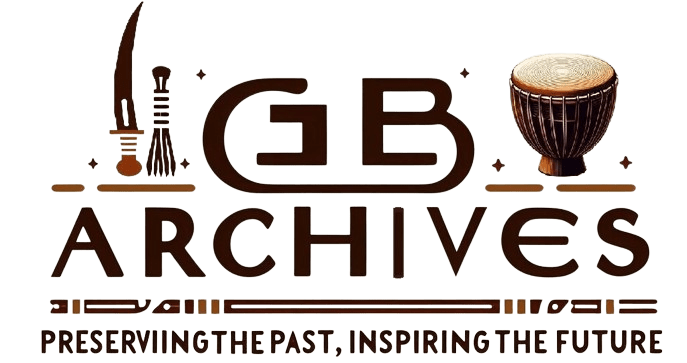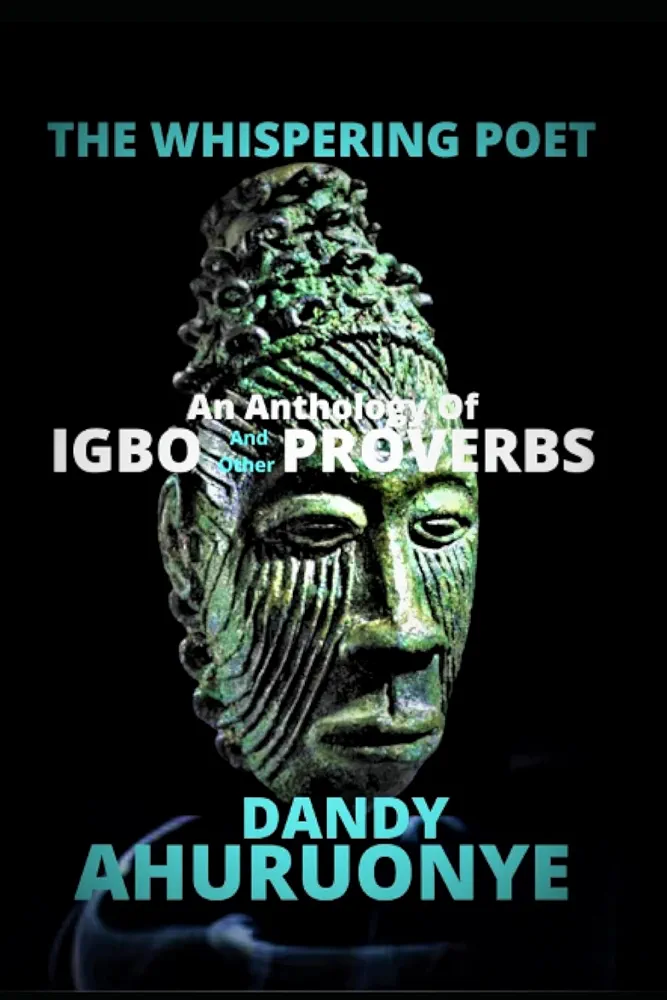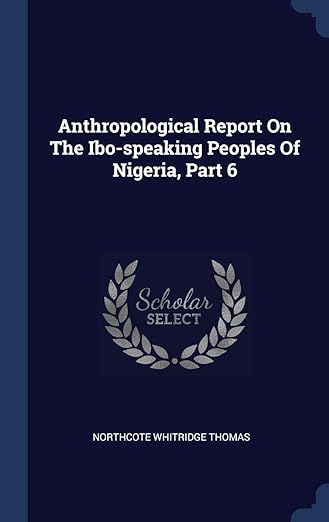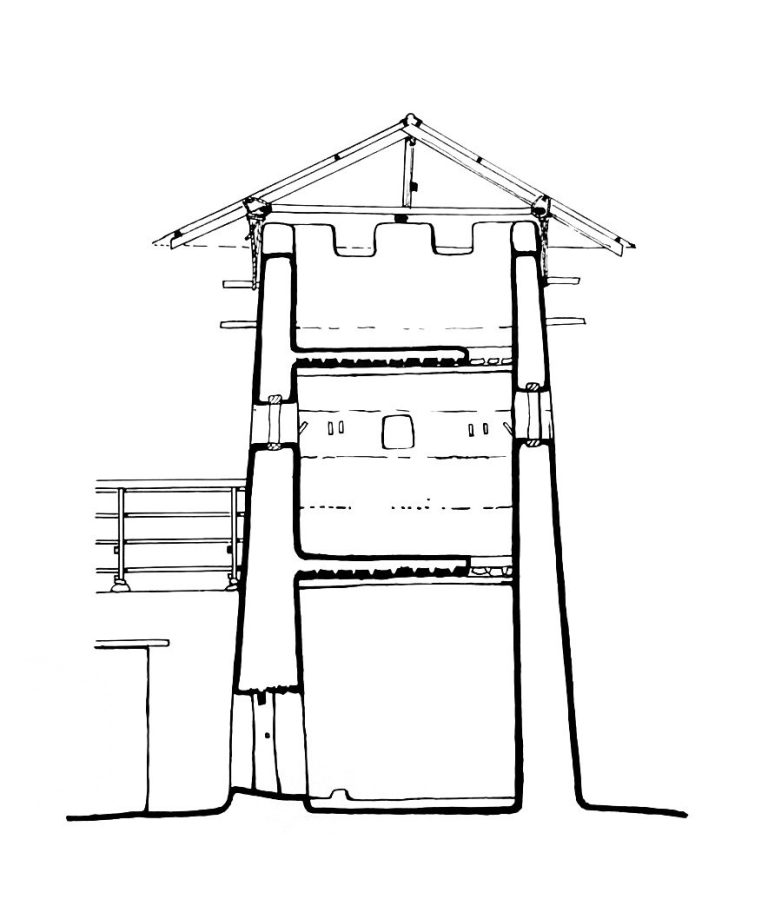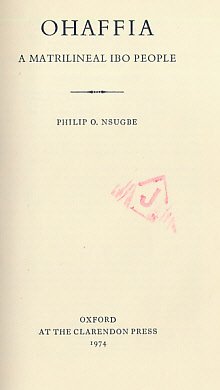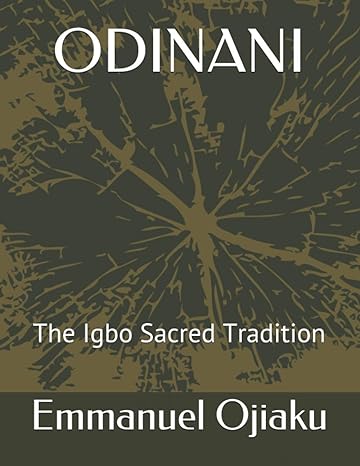Book Details
Title: Mbari: Art and the Life Among the Owerri Igbo
Author: Herbert M. Cole
Publisher: Indiana University Press
Publication Date: April 22, 1982
Format: Hardcover
Pages: 292
ISBN-10: 0253303974
ISBN-13: 978-0253303974
Language: English
Author Profile
Herbert M. Cole, affectionately known as Skip, is a professor emeritus and a revered figure in African art history. His extensive field research in Africa, spanning over four years, has led to significant contributions to the understanding of African art. Cole has organized numerous exhibitions and has been honored with a Leadership Award from the Arts Council of the African Studies Association, recognizing his lifetime achievements in the field.
Overview of ‘Mbari’
“Mbari: Art and the Life Among the Owerri Igbo” is a pioneering work that offers readers an exhaustive exploration of the mbari art form, a central cultural expression among the Igbo people of Eastern Nigeria. Herbert M. Cole’s book emerges as the first in-depth study on this subject, drawing from his extensive fieldwork in the region. The book meticulously examines the intricate process of building mbari mud houses, which are created to honor the gods.
Cultural Context and Artistic Process
The book provides a detailed look into the socio-cultural systems and religious beliefs of the Owerri Igbo, setting the stage for the elaborate and time-consuming process of constructing mbari houses. These structures are not simply architectural feats but are deeply embedded in the values and beliefs of the community, serving as a living testament to their way of life.
Historical Significance and Anthropological Insights
Cole traces the history of mbari houses and their role within Igbo culture, offering readers historical and anthropological perspectives on this art form. The book reveals how mbari houses serve as a medium for cultural expression and communication, embodying the community’s identity and reverence for their deities.
Visuals and Analysis
The volume is adorned with rare field photographs and exquisite line drawings, which complement Cole’s descriptions, offering a vivid portrayal of mbari art. These visuals are not merely decorative; they play a crucial role in helping the reader appreciate the complexity and artistry of the structures.
Key Features
- Illustrations: The book’s high-quality visuals bring the art of mbari to life, enhancing the reader’s understanding.
- Comprehensive Analysis: Cole’s thorough examination of mbari provides a deep insight into the art form.
- Interdisciplinary Approach: The work integrates art history, anthropology, and cultural studies for a well-rounded view.
Target Audience
This book is an invaluable resource for students, scholars, and anyone interested in African art, anthropology, or the cultural history of the Igbo people. It also serves as an important read for those who wish to gain a deeper understanding of the Igbo’s artistic heritage.
Pros and Cons
Pros:
- Rich Visuals: The illustrations and photographs are a highlight, showcasing the beauty and complexity of mbari art.
- In-Depth Research: Cole’s extensive research offers a comprehensive look at the mbari tradition.
- Cultural Insight: The book contributes to the preservation of the Owerri Igbo’s artistic legacy.
Cons:
- Niche Focus: The specialized subject may appeal to a particular audience interested in African art forms.
- Accessibility: The book’s availability might be limited due to its publication date.
Conclusion
“Mbari: Art and the Life Among the Owerri Igbo” by Herbert M. Cole is an insightful and thorough exploration of the mbari tradition. Its detailed analysis and illustrations make it an essential resource for anyone interested in Igbo art and culture. Despite its niche focus and potential accessibility issues, the book’s depth of research and visual appeal offer significant value, making it a worthy addition to any collection on African art.
Discover more from Igbo Archives
Subscribe to get the latest posts sent to your email.
